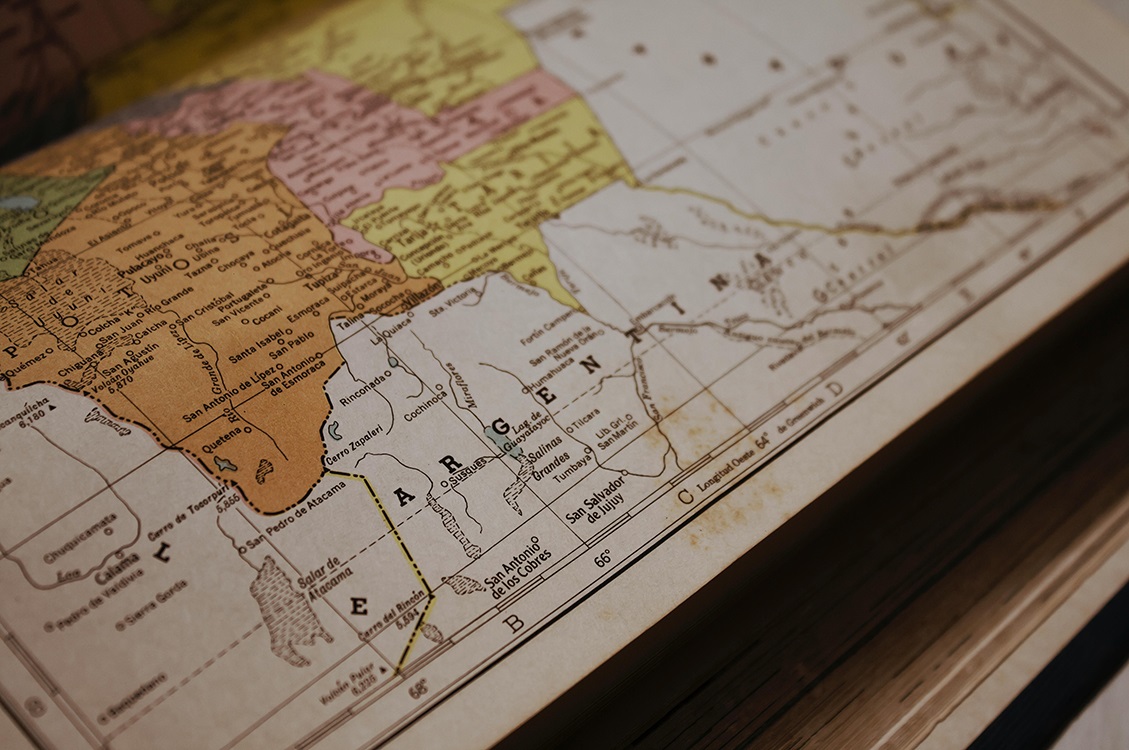The Oslo Accords: Reflecting on 30 Years of Complex History
Throughout history there have been endeavors that have generated as much anticipation and scrutiny as the Oslo Accords. These accords were a milestone, in the Palestinian conflict signifying a moment when both sides acknowledged each other after years of strife. However now that three decades have passed since this agreement it has become increasingly clear that the peace process it initiated contained flaws.
A Brief Overview of the Oslo Accords
In 1993 the signing of it marked a turning point in the conflict. It was an attempt at reconciliation inspiring hope for coexistence between both parties. Through diplomacy this agreement aimed to address issues such as borders, security concerns and the fate of Palestinian refugees—a testament to their shared yearning for sustainable peace.
A Tattered Tapestry
However, as time went on the complexities embedded within these accords began to expose their vulnerabilities. The vision of a two-state solution—where Israel and Palestine would coexist—remains elusive. Disputes, over boundaries, Jerusalem’s status and refugee rights have consistently impeded progress. The intertwining nature of claims and rooted emotions has proven to be an immense obstacle.
The Human Factor
In the midst of this landscape of geopolitics lies the essence of humanity. The lives affected by this conflict. Generations have grown up amidst uncertainties and tensions shaping their identities through times. It is truly remarkable that despite the odds stacked against them hope for a future persists.
Assessing 30 Years of Impact
As we contemplate three decades since the Oslo Accords it is crucial to acknowledge both their achievements and shortcomings. The Accords did pave the way, for self-governance in Palestinian territories providing a glimpse of autonomy. However, we must still strive to fulfill the vision of achieving lasting peace.
Moving Forward
To progress it is necessary to reassess our approaches and commit earnestly to dialogue. Bridging the gaps that have widened over time requires solutions and a willingness to understand and navigate through the complexities that shape this conflict. We need to redirect our focus towards shared interests than positions.
The Oslo Accords was born from a desire for peace. Now serve as a reminder of the inherent challenges, within the Israeli Palestinian conflict. They symbolize how two peoples are connected by a shared history yet burdened by its weight. As we gaze into the future our hearts are filled with optimism that united efforts will bring forth a world where harmony prevails over separation. Our aspiration is for the Oslo Accords to transform into a symbol of everlasting peace standing as a testament, to our commitment, towards coexistence.




